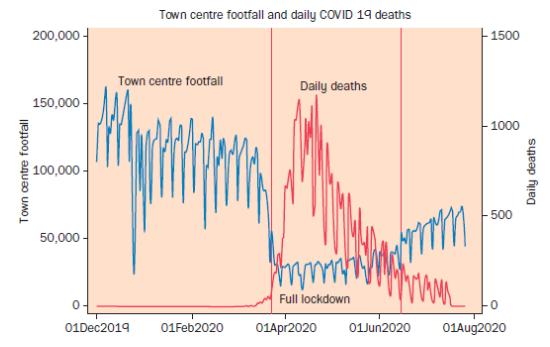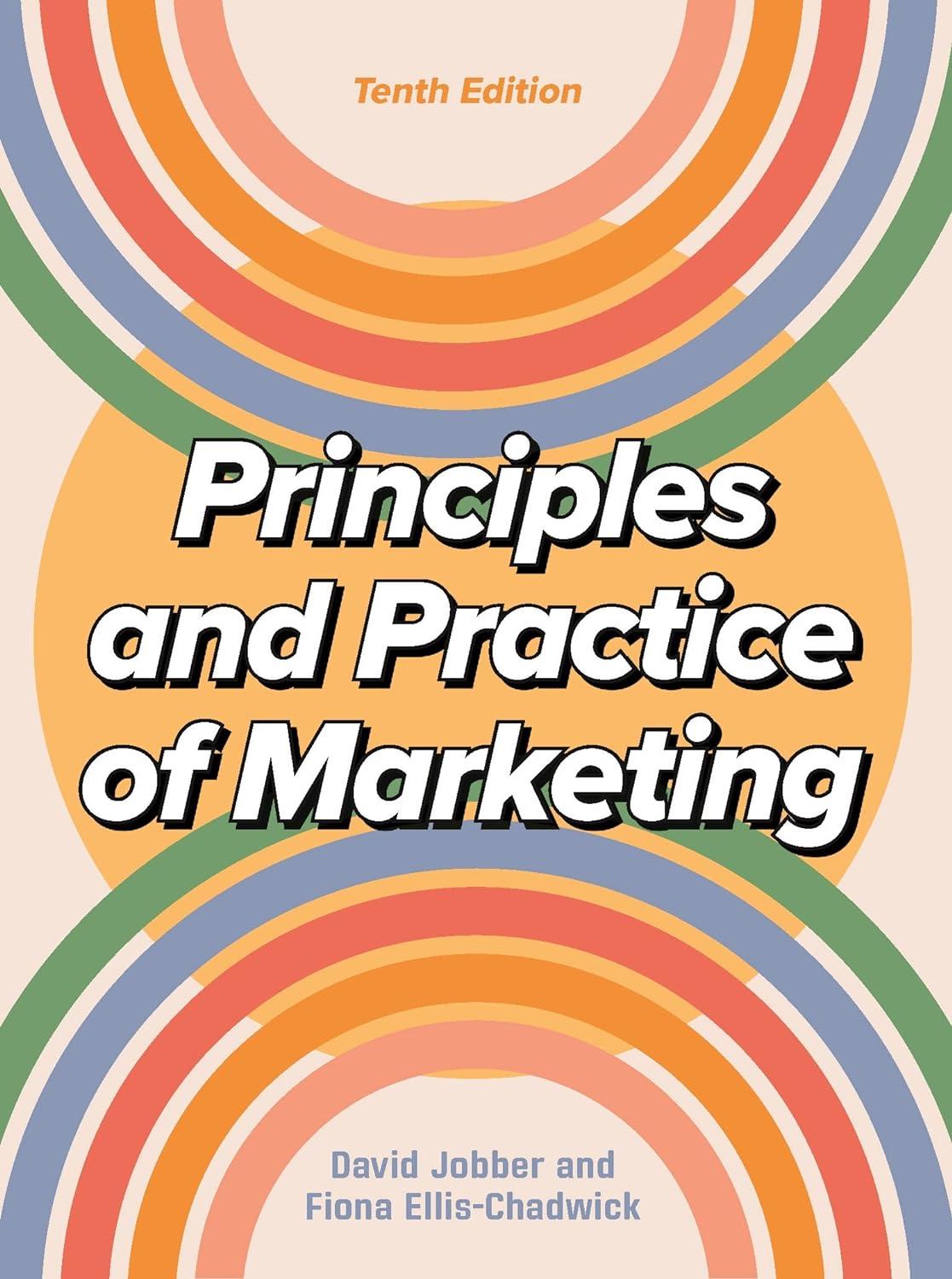Recently, many town and city centres around the world have been struggling to attract visitors and remain
Question:
Recently, many town and city centres around the world have been struggling to attract visitors and remain economically sustainable. High streets are often dominated by large high-street chains, and out-of-town malls located nearby have drawn shoppers away from urban centres. Transport, access and parking (or rather a lack of availability of these) create more challenges for shoppers, with the result that town centres have become increasingly unattractive locations. Decline has not been uniform and different centres have coped with these challenges in various ways: introducing street markets and seasonal events; creating pedestrian-only shopping zones; revitalizing the physical attractiveness of high streets through investment in public realm projects. But the arrival of the coronavirus (Covid-19) pandemic public health emergency in March 2020 provided new reasons for people not to go to town to shop (e.g. severe government restrictions with regard to social distancing, mask wearing and stay at home orders), causing footfall to fall by 57–75 per cent.
Research looking into footfall patterns (Enoch et al. 2021) in six UK town centres showed while the relaxing of Covid rules had some effect on increasing the rate of recovery in shopper footfall levels, in other towns many people were reluctant to return to town centre shopping. In fact four of the towns in the study showed no obvious change in the footfall gradient as the rules were relaxed. An explanation for this behaviour is ongoing fears of becoming infected by the virus when mixing with people, discomfort at being required to wear face masks in enclosed spaces and/or being more comfortable with using online shopping as an alternative.

Shopper reluctance suggested a slow, drawn-out ‘L’-shaped economic recovery (as can be seen in the above diagram) from the pandemic rather than a rapid ‘V’-shaped recovery, as had been hoped for in the early days of the pandemic.
The threat of Covid-19 in the UK, throughout the rest of Europe and around the globe has continued into 2022, and more lockdowns remain a possibility. So, towns and city shoppers have had to adapt to a ‘new normal’ and be prepared to handle restrictions as and when they are applied.
Overall, firms and town centre strategists are considering how to manage their places over the medium and longer term. For firms, it is essential to understand consumer behaviour in this new era of shopping and to identify how customers might perceive the new risks associated with shopping, for example catching Covid-19/meeting someone with Covid-19. Also they need to assess how further government interventions might impact on customer accessibility to stores and on their business models (which vary by type of operation). For instance, a retailer needing a low volume of customers due to selling high-value items (e.g. jewellery) may be better placed to survive than a shop selling greetings cards, which needs a regular and high flow of customers.....
Questions:
1. The Covid-19 pandemic has been described as a once-in-a-lifetime global event. Discuss why not all shoppers were keen to return to towns to shop once restrictions were lifted.
2. Suggest how marketers, retailers and town centre managers might overcome shopper resistance to reinvigorate local town centre economies.
Step by Step Answer:

Principles And Practice Of Marketing
ISBN: 9781526849533
10th Edition
Authors: David Jobber, Fiona Ellis-Chadwick





